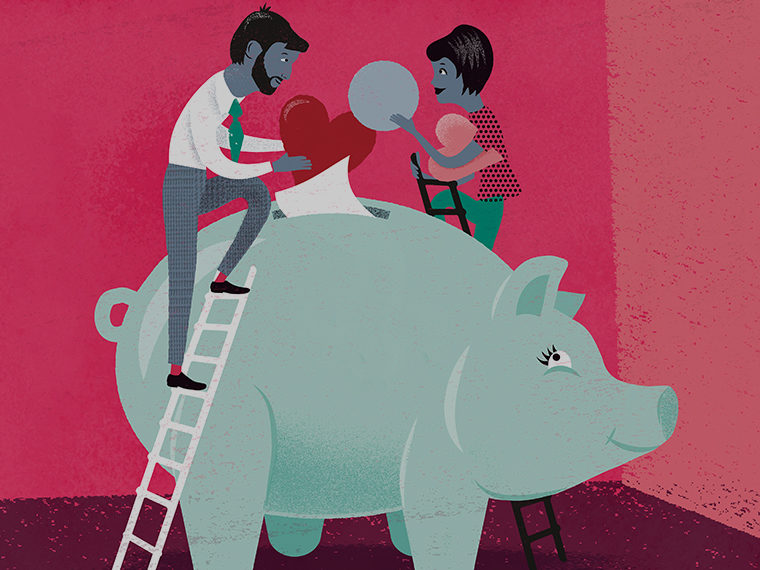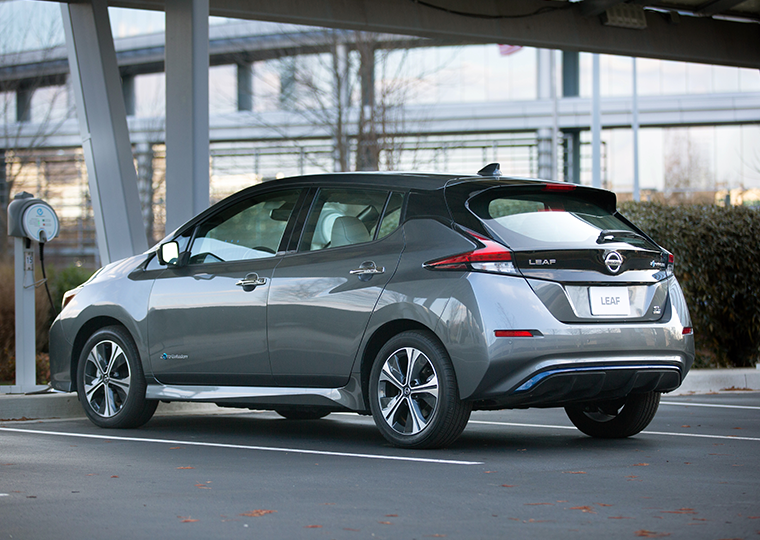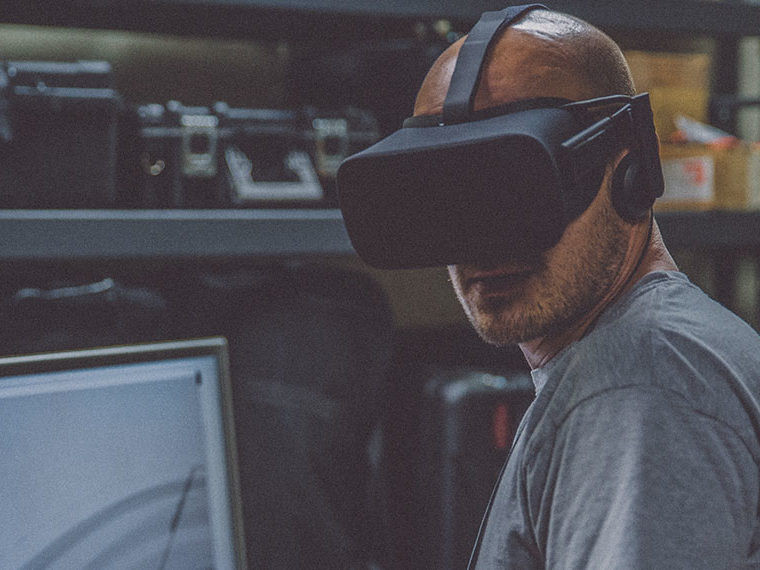System provides digital record of payments for India’s vast self-employed ranks, satisfying lenders, and raising the likelihood of starting a business
A simple and reliable record of earnings — a byproduct of cashless payment systems sweeping the globe — can help marginal borrowers obtain credit, spurring growth of household incomes and of the overall economy.
That’s the premise of a working paper by University of Michigan’s Tamanna Singh Dubey, a Ph.D student, and Amiyatosh Purnanandam, a visiting professor at UCLA Anderson.
In a comparative study of regions in India as the nation adopted a digital cashless payment system, Dubey and Purnanandam found a greater increase in household income and small business activity in places that were early adopters of the new payment system (so had greater volumes sooner of the cashless payment activity) than those places that were slower to adapt.
Moving Beyond Collateral?
Digital payment systems can reduce transaction costs of receiving and sending money, and speed up the flow of information, thus enabling borrowing and lending. Because digital cashless payments can be tracked and verified, they can make it easier to borrow money and help lenders to price their loans. Such a system is particularly beneficial to households that do not have sufficient collateral to qualify for borrowing under the traditional models of lending. Effectively, data becomes a substitute for collateral when a lender can see all the payment flow of the borrower.
Mobile money, in some countries, has given people access to banking services they wouldn’t otherwise have and may play a role in reducing poverty, according to some studies. An examination from 2023 indicates that an instant payment system adopted in Brazil increased competition in the banking industry. A mass debit card distribution in Mexico increased point of sale terminals in small retail shops, which, in turn, led to an increase in sales and profits, according to a 2020 study.
The paper by Dubey and Purnanandam focuses on the impact of digital payments on real economic growth, measured by household income and small business activities in different districts of India. Their work has implications for countries around the world that are experimenting with digital payment systems, particularly those lesser developed countries with large informal economies that traditionally have not generated income and business information that support borrowing.
In 2016, the Indian government launched a nationwide digital payments system across the banking network. Average monthly volume of digital transactions increased from less than $1 billion in early 2017 to almost $150 billion by the end of 2022, giving the researchers the opportunity to compare early adopters with later ones.
Every Indian resident was issued a unique identification card after the launch of a nationwide program in 2010, and a large section of Indian households was given access to a bank account as part of another government program launched in 2014.
For Dubey and Purnanandam, the programs yielded data that included overall income, creation of new businesses and the business income of 200,000 Indian households from 2014 to 2022.
The researchers also measured the volume of cashless transactions in different districts in India — some of which were quick to jump on the cashless payment system and others that were slower. Their findings indicate that households in districts whose economic growth patterns had been similar prior to the adoption of cashless payments differed significantly afterward, based largely on how quickly they had opted into the new system and how thoroughly they’d embraced it. Households in districts that adopted the payment system early had nearly 8% higher income, a 1% higher level of business ownership and 13% more business income compared with later adopters, their analysis showed.
Self-Employed See Bigger Payoffs
While all households benefited from the digital payments processing, those that benefited most — in terms of income — were the self-employed, the researchers say. The informal economy is vast in India, with half the working population self-employed.
The cashless system lowered transaction costs and boosted access to loans that would allow entrepreneurs to borrow money to scale their businesses or start new ones. Indian street vendors and hawkers that often operate on little or no collateral, with little if any access to credit, experienced a significant increase in income — even compared with other self-employed households, according to the researchers.
Based on discussions with industry leaders, the researchers attribute the changes to several factors: the accurate, real-time information exchange made possible by digital cashless payments; the ability the new system gives lenders to tailor borrowers’ repayment schedules to their cash flows; and better ways to collect debts.
Among other findings: The impact of digital payments was greater in districts with fewer brick-and-mortar bank branches. An increase in cashless payments in a region is likely to shift borrowing toward conventional sources like banks and away from informal sources like money lenders, according to the researchers. That was true, as well, of street vendors and hawkers.
The level of credit in different parts of the country increased following an increase in digital payments, Dubey and Purnanandam report. They found that households in districts with greater volumes of digital transactions were more likely to buy a generator, car, television, air conditioner or computer than those in lower volume districts.
Featured Faculty
About the Research
Dubey, T. S., & Purnanandam, A. (2023). Can Cashless Payments Spur Economic Growth? Available at SSRN 4373602.






